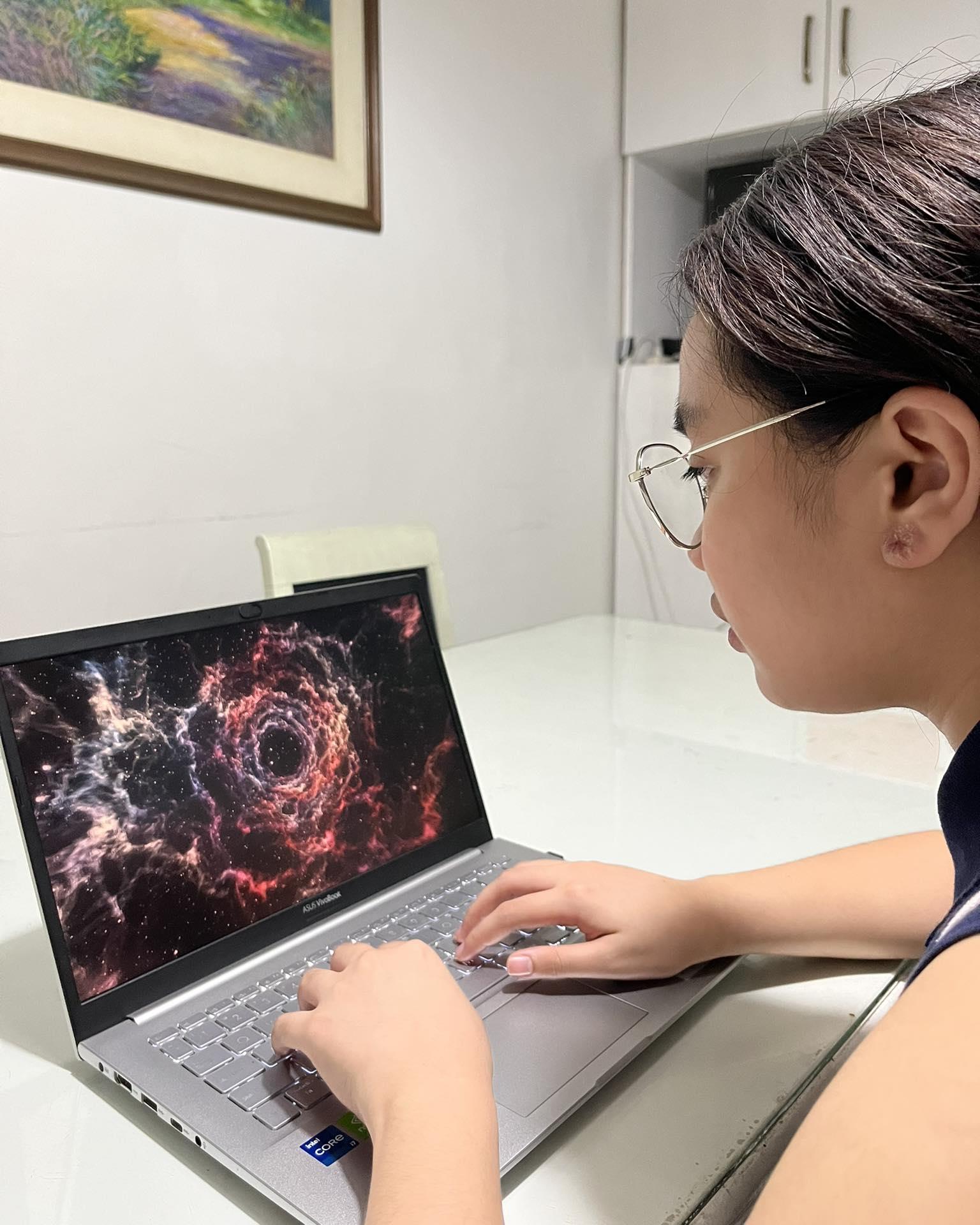
1 minute read
HE WHO GAZES TO WHICH MAKER
from LUNDAG
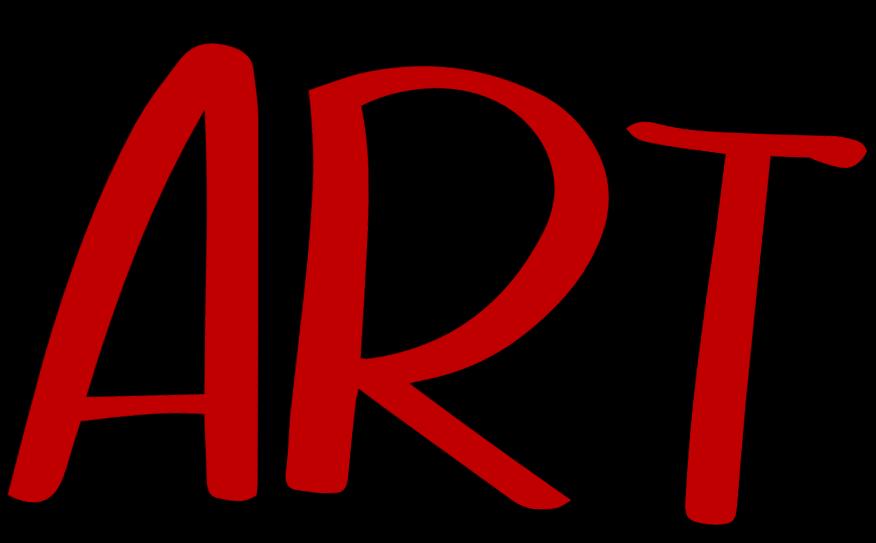
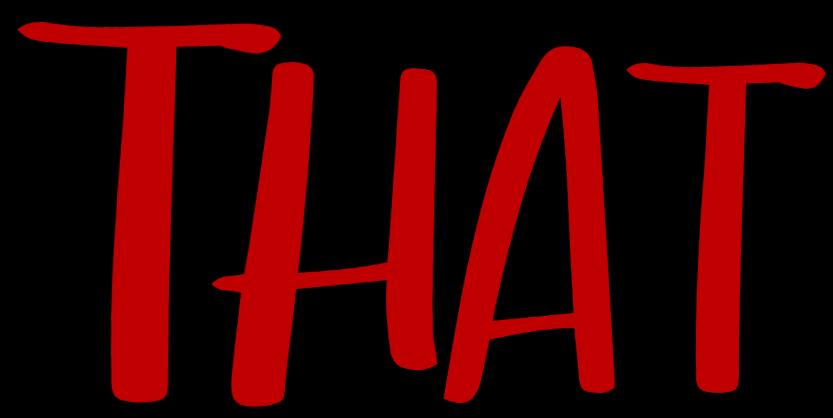
Advertisement
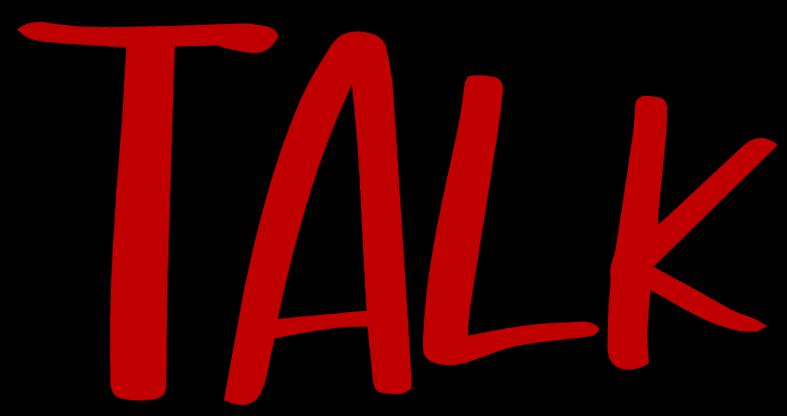
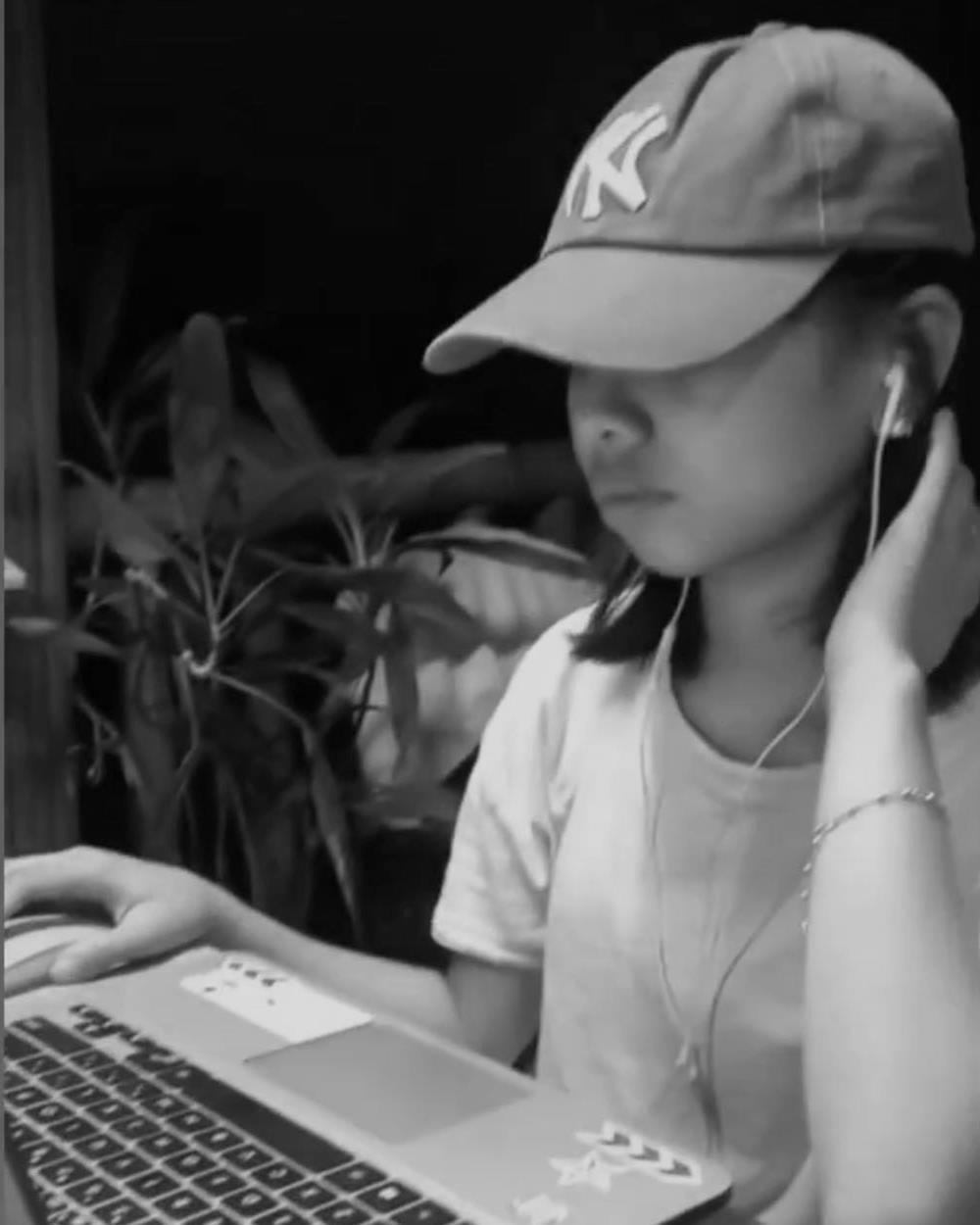
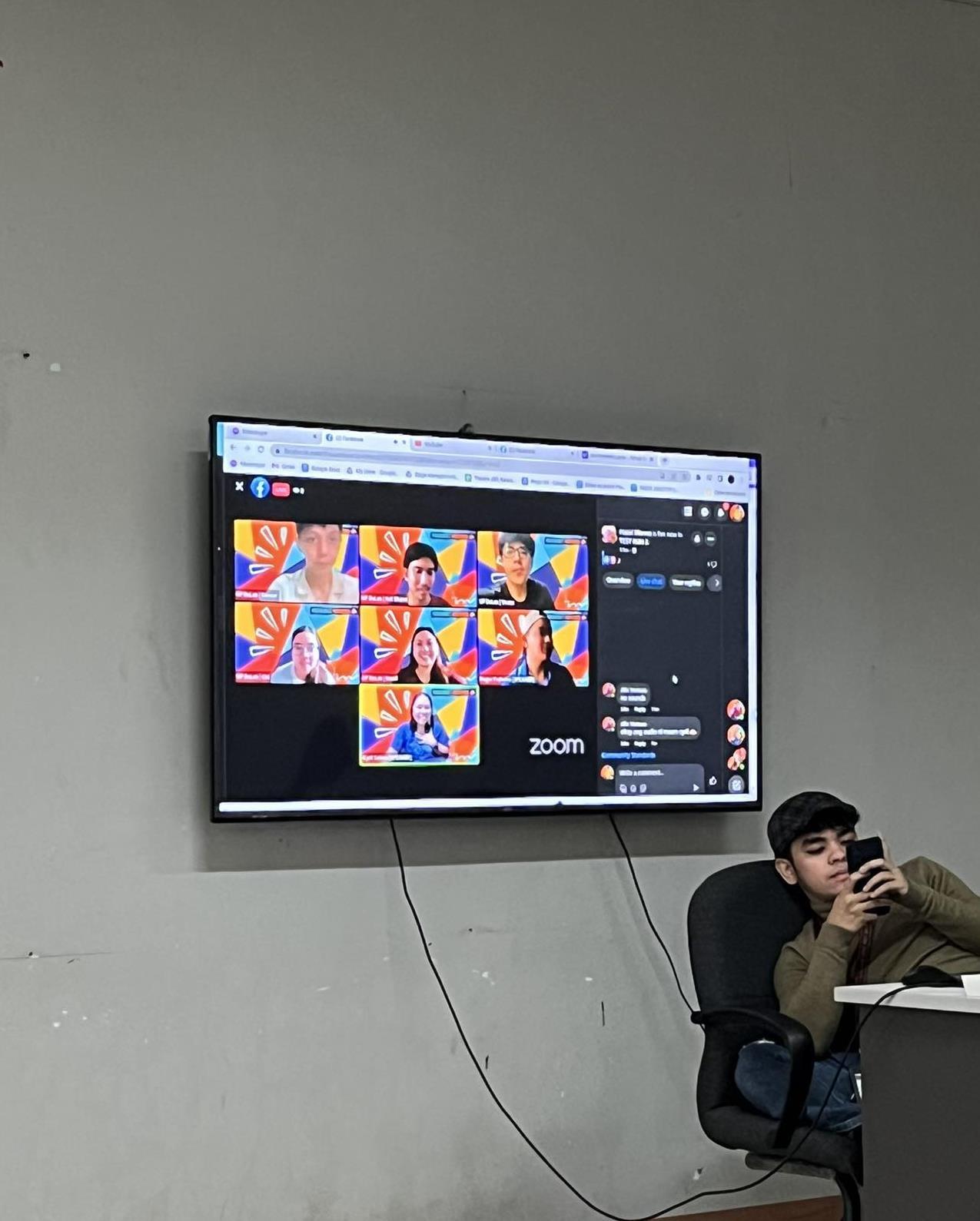

The intersection between Filipino art, politics, and culture is dynamic and multifaceted. Filipino artists use their creativity to engage with political issues while drawing inspiration from the country's rich cultural heritage. Political dynamics influence cultural expressions, and culture, in turn, affects political identities and aspirations. This intersection serves as a vital arena for social commentary, cultural preservation, and exploring Filipino identity in an ever-changing global context.
They're like intricate strings which are interconnected, jumbled, and finitely infinite. Filipino art, without politics and culture, lacks the substance we crave for art. And politics and culture without art lack substantial representation for the masses.
Like what has been mentioned, capitalism and neoliberalism are threads meshed within Filipino art that is part and parcel of the prevalent political and cultural constraints. How we appreciate art is rooted in its monetary and economic value that places its net worth and invested output superior to all other aspects of an art piece. It is worth noting that this way of thinking is further entrenched in Filipino governance that places value upon overworking Filipinos with apparent disdain over those who have "silently quit," and the culture synonymizes personal growth with an employer's gain.






